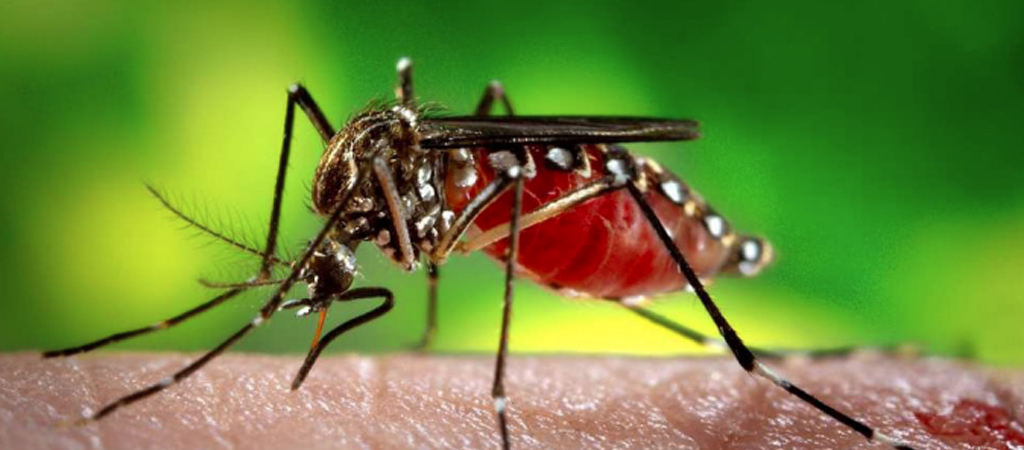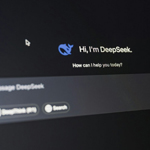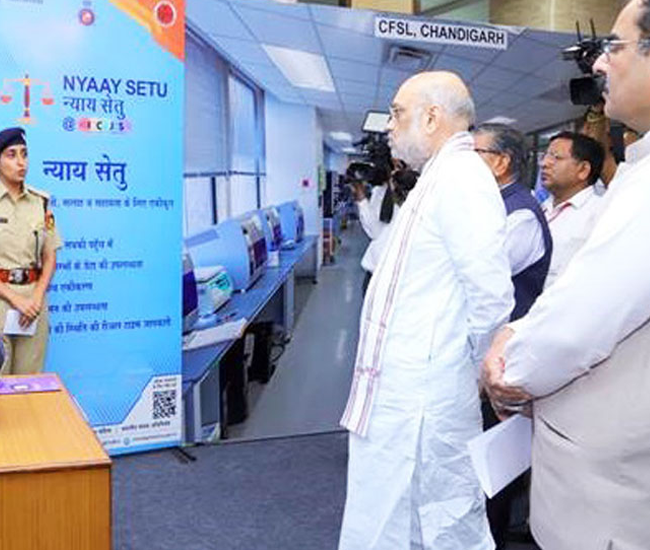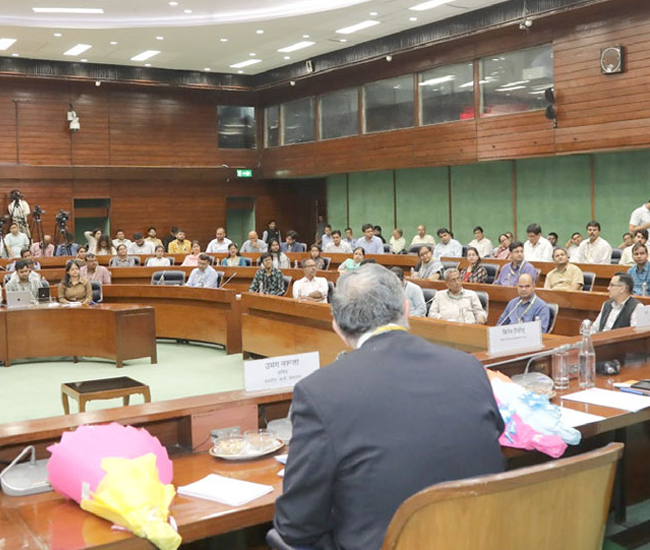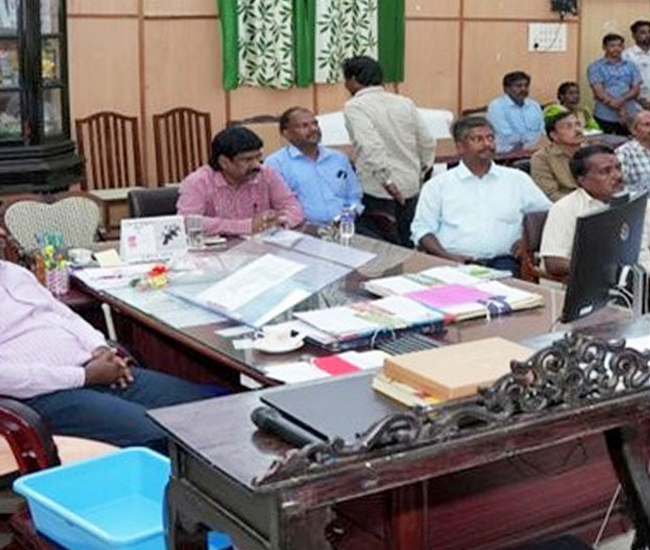I n a leap forward for global health surveillance, scientists are now turning to artificial intelligence to combat one of humanity’s oldest enemies: the mosquito.
At the University of South Florida, researchers have developed AI-powered mosquito traps capable of identifying disease-carrying species in real time. These smart traps can automatically detect and classify mosquitoes such as Aedes aegypti—vectors of dengue, Zika, and yellow fever—as well as Anopheles mosquitoes that spread malaria. The system’s real-time processing enables authorities to launch swift, targeted interventions before outbreaks spiral out of control. Early trials have shown promising potential in improving public health response times, particularly in high-risk tropical zones.
Meanwhile, at Johns Hopkins University, a team of biomedical engineers has introduced VectorCAM, a portable, AI-enhanced microscope that can identify mosquito species with approximately 95% accuracy. The device is especially impactful in regions with limited access to trained entomologists. In field trials across Uganda, health workers used VectorCAM to quickly assess mosquito populations and adjust vector control strategies on the ground. Its compact design and robust AI vision capabilities make it ideal for remote deployments.
These innovations come at a crucial time, as climate change expands mosquito habitats and resurges in mosquito-borne diseases threaten new regions. Both projects reflect a broader trend in public health: integrating machine learning, computer vision, and edge computing to create smarter, faster, and more scalable disease monitoring systems.
As mosquito-borne illnesses continue to pose serious threats globally, AI-enhanced surveillance tools may just offer the edge we need.
